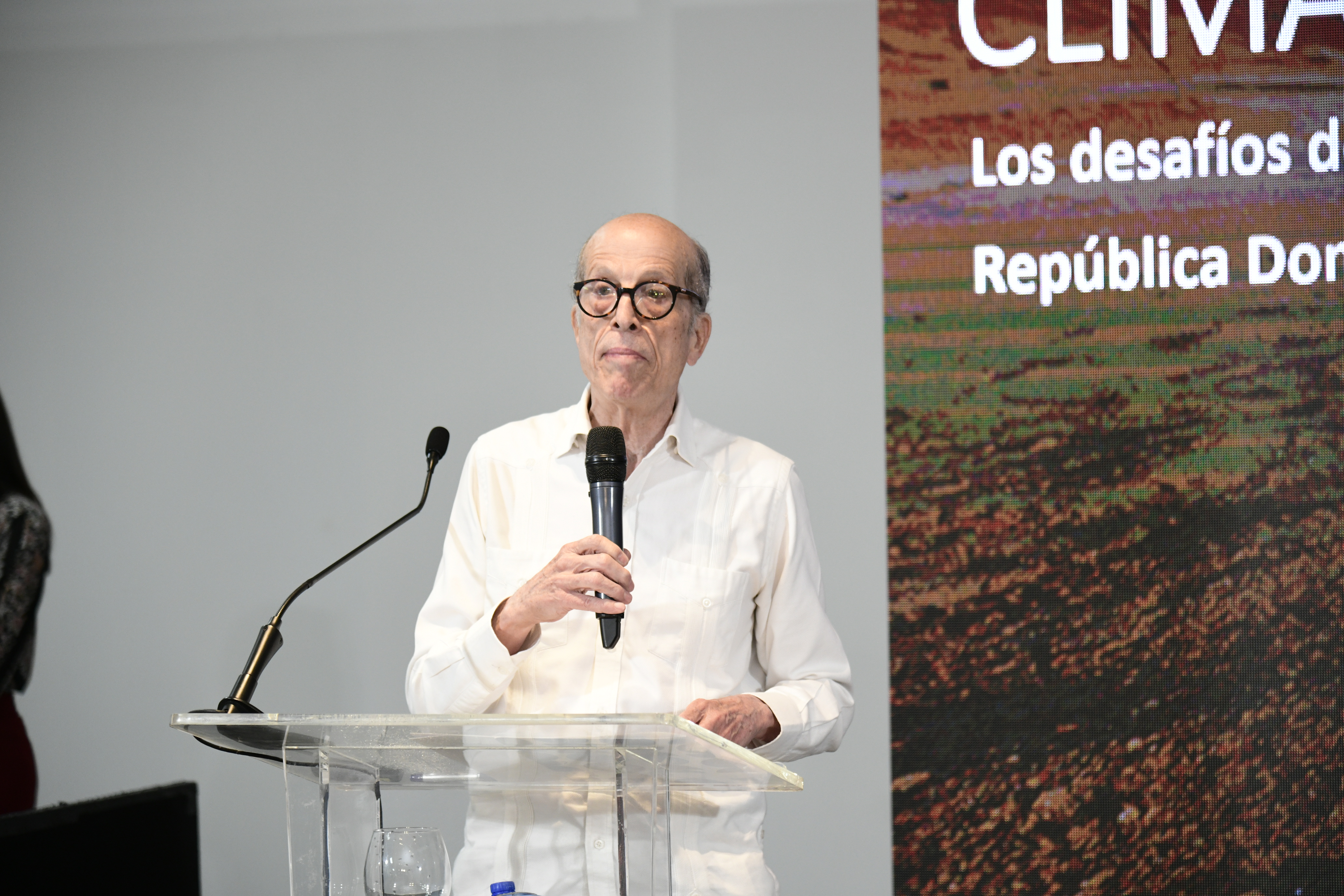Present and Future Challenges of the Dominican Republic
 | Present and Future Challenges of the Dominican Republic The Dominican youth deserve better opportunities. It is unacceptable to see so many unemployed young people, many of whom have tech school diplomas and universitydegrees and others who were not able to finish their studies because they had to work and are living in poverty. Countries such as Peru, Venezuela, Chile, Argentina, Bolivia, Colombia and Mexico have seen youth unemployment rates rise one percent while in the Dominican Republic the rate has gone up 4%. It is also unacceptable that, due to a lack of state support, thousands young people, out of desperation and disorientation, get into crime, prostitution and drugs which ultimately affects a large section of Dominican society. It is time to undertake programs to support our young people. President DaniloMejía has committed to this. He has given his word that there will be a Law by 2012 that increases the education budget up to 4% of the Gross Domestic Product (GDP). However, so as not to create a new bureaucracy but rather to seek quality education that includes better training for teachers as well as providing them with better salaries and stimulus, we will also encourage them to rigorously complete the tasks for which they were hired. I am no expert on these issues but it seems to me that the government could offer special incentives – more than they have – to established businesses to encourage them to create new jobs. In President Medina’s Grand Social Plan,which he proposed in his inauguration speech, is consigned to the fact that business people in large cities, including Santo Domingo, will not oppose the creation of new companies along the border with Haiti, under the argument that those already there are receiving large state incentives. If not for envy, they would be able to do the same along the border so long as they simply abide by the rules of competitiveness. The statistics are impressive: 29.70% of young Dominican malesbetween 15 and 24-years of age are unemployed andthat number is twice as high for young women, which indicates that this segment of the population continues to be the most affected group with an unemployment rate twice the national average as compared to the majority of other countries. Countries such as Peru, Venezuela, Chile, Argentina, Bolivia, Colombia and Mexico have seen youth unemployment rates rise one percent while in the Dominican Republic the rate has gone up 4%. The Economic Commission for Latin America and the Caribbean (ECLAC) says that the percentage of young people who were not studying or working in 2010 was 19% among those between the ages of 12 and 35 years. In general terms, the Dominican Republic has an overall unemployment rate of 14.3 % and an out-of-work rate of 4.5%, according to statistics from the Central Bank.Of the unemployed, women represent 21.9% and men 9.7%. I do not trust this data because I feel the unemployment rate is much higher. Former Minister of Labor, Francisco DomínguezBrito, currently Attorney General, believes it is essential to place emphasis on training young people so they do not lose the opportunity to find jobs and develop. “The Ministry of Labor is seeking concrete solutions to establish proposals that can generate jobs for this important sector of society,” said former Minister Brito. It will be interesting to see if his successor, Maritza Hernández, an expert in labor law, will promote projects to encourage training under the so-called, “Youth and Employment” project directed by the Ministry of Labor with support from the World Bank and the Inter-American Development Bank (IDB), which seeks to getyoung people into the formal labor market. The situation of young women is a source of concernas an estimated 35,000 are under 19-years old and many turn to prostitution to survive, according to a Dominican NGO which is working to end childhood prostitution in our country. A study done in 2001 by Pro-familiafound that many parents were aware that their daughters were prostitutes but, in some cases, the families looked the other way because their daughters’ work helped them improvetheir economic situations. Our country is known as a sexual tourism destination where, on a regular basis, authorities announce the detention of foreign citizens accused of prostituting underage girls and boys. Jaime de la Rosa, director of a governmental Anti-AIDS organization, says that our country has a profound weakness when it comes to protecting its children, including protecting them against AIDS. And to make it worse, according to information gathered by the United Nations, 30,000 Haitian children are illegally trafficked annually into prostitution. (This data seems to me to be totally exaggerated) The Dominican Republicattracts tourists looking for sex. They come from all over. Among them are pedophiles seeking sex with children. Others are what would be considered “opportunistic sexual tourists” who travel around looking for cheap, anonymous and numerous sexual experiences. They are interested in willing teenagers, male or female. They are often men who tend to stay in small hotels and private rooms in communities with large numbers of foreign residents such as Sosúa, Boca Chica and Santo Domingo. In some areas of the Dominican Republic, 25% of the young women and teens involved in prostitution have been raped. The low levels of confidence and self-esteem, along with a loss of their virginity and being exposed to violence, leaves many of these young women in a particularly vulnerable position as they get pulled into prostitution. Pregnancies among teens in the Dominican Republic is around 13.3% among girls between 15 and 19 with 403 babies being born to girls under the age of 15. With few opportunities to earn money, these girls enter into prostitution. UNICEF found that 48-60% of the girls who end up in prostitution have children and the majority of them come from the poorest sectors of society, from weak family structures. Bibliography: ObservatorioJuvenil y PolíticasPúblicas, March 25, 2012. El DIA Magazine, Santo Domingo, March 25, 2012. Written by DomingaRamírez García. By: Santiago EstrellaVeloz/Special for DiarioDigitalRD E-mail: diariodigitalrd1@gmail.com
| |

Related News
-

(Versión en español) Inauguración de la XII Feria Semana de la Geografía 2024
-

(Versión en español) Sector construcción dominicano reunido este fin de semana en la IV Expo Construcción Puerto Plata
-

(Versión en español) Médico Express será pionero en RD con certificación de excelencia para turismo médico
-

(Versión en español) Realizan premiere de la nueva película "Canta y no Llores", coproducción entre República Dominicana – España
-

Dominicanos en Grandes Ligas
Las ultimas noticias/novedades de lo que acontece con los Dominicanos en las Grandes Ligas durante toda la temporada 2019.



